More than 1,600 participants (a RISE National record) representing 562 organizations across 46 states gathered at the Gaylord Opryland Resort & Convention Center to learn the latest on Medicare Advantage, regulatory and compliance updates, risk adjustment, quality, HEDIS®, Star ratings, member experience, social determinants of health (SDoH), the latest technology advancements, and payer/provider collaboration.
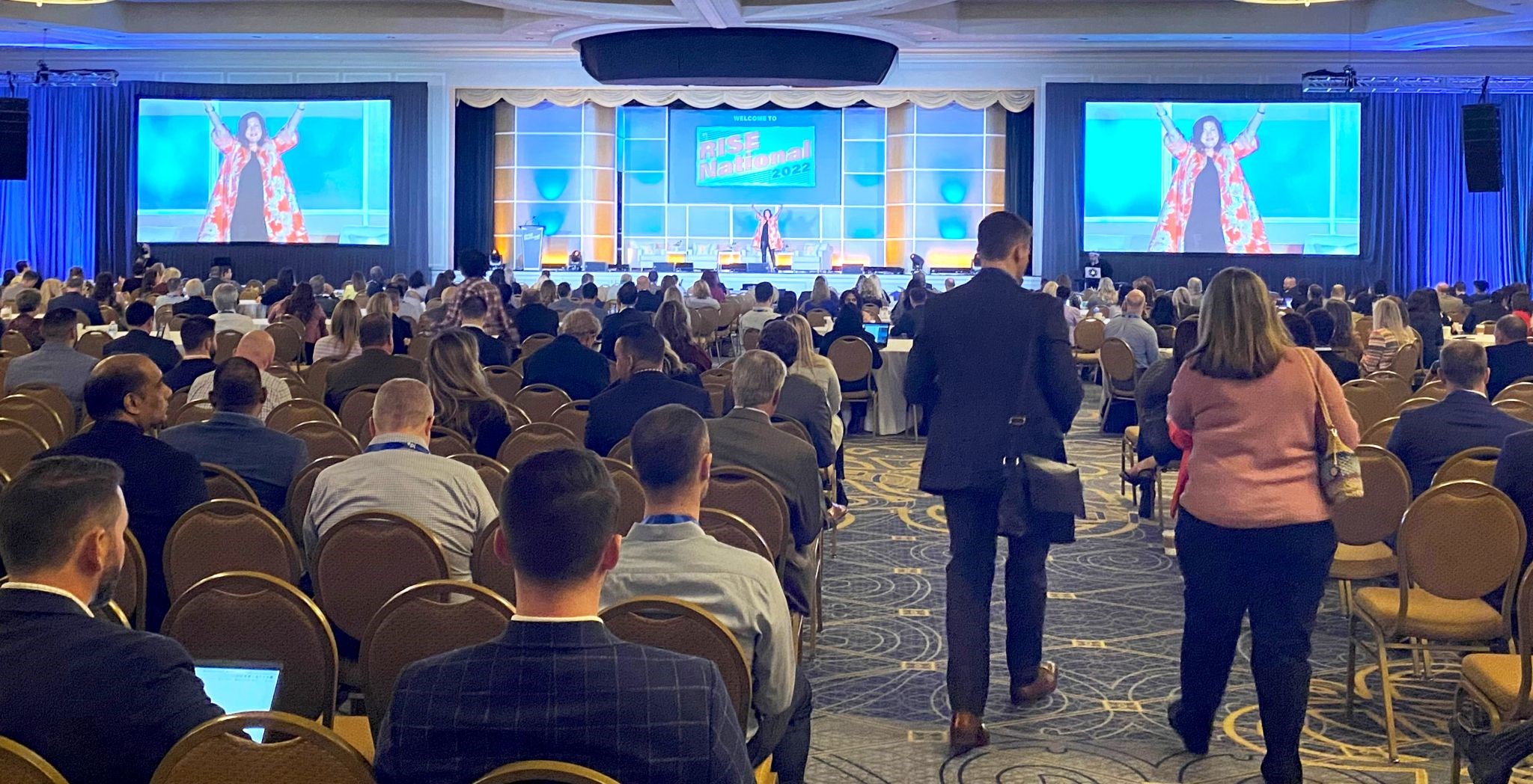
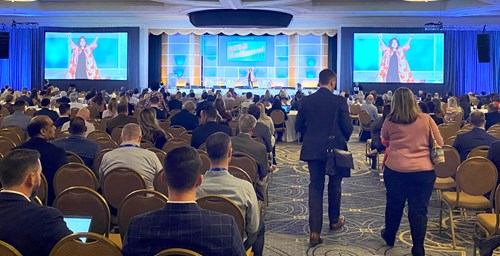
What a joy to be together again in Nashville after three long years!
The morning kicked off with welcoming remarks from Ellen Wofford, founder and managing director of RISE, and Conference Chairs RaeAnn Grossman, EVP, operations—risk adjustment, population health management, and quality, Cotiviti, Inc. and Kevin M. Healy, CEO, Allymar Health Solutions. “The conference this year, more than ever, is a celebration of you, your resilience to support our industry, service your customers, and now come together to build our way forward,” Wofford said.
We then got down to business with virtual regulatory presentations from the Centers for Medicare & Medicaid Services (CMS) and the Office of Inspector General (OIG).
CMS officials updated attendees with details on the changes to the 2021 HHS Risk Adjustment (RA) Model, proposed changes to the model in the 2023 payment notice, including policy goals to improve prediction among lowest-risk enrollees, partial-year enrollees, and highest-risk enrollees that are currently unpredicted in current RA models. They also discussed HHS Risk Adjustment Data validation (HHS-RADV) for the 2019 benefit year, including policies for the new Super HCC Grouping Policy and sliding scale adjustment; the HHS-RADV results for the 2019 benefit year; and proposed changes to HHS-RADV in the 2023 payment notice.
OIG representatives then discussed vulnerabilities that exist in Medicare Advantage, noting the need for plans to use data analytics to identify high-risk diagnosis in their compliance programs, and more targeted oversight of chart reviews and health risk assessments. They noted that although many Medicare Advantage organizations use ordering provider NPIs to conduct oversight activities, others are missing opportunities to safeguard Medicare Advantage program integrity. OIG is targeting high-risk diagnosis codes, looking at data analytics for outliers and feedback in the field to find where unusual events are occurring. In some cases, errors occurred due to mis-keyed diagnosis codes. For example, a beneficiary may have several diagnosis codes for a diabetic condition (ICD-9 Code 250.0) but one diagnosis code for cancer (ICD-9 Code 205.0). They also discussed issue briefs related to Medicare Advantage encounter data.
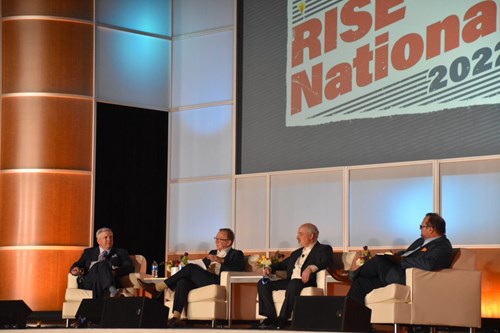
Members of the RISE Risk Adjustment Policy Committee then offered an overview of 2022 regulatory trends. Sean Creighton said that the White House administration is dealing with major distractions, including COVID and the Ukrainian crisis, so it’s likely that changes involving Medicare Advantage will be made administratively through CMS and not via legislation. However, panel members Michael Adelberg and David Meyer noted aspects of the Build Back Better Plan are not completely dead. There are items on the agenda that have bipartisan support, such as capping cost on drug prices.
The panel also discussed CMS’ goals to advance health equity and a push to incorporate social determinants data in the risk adjustment model. It’s a lofty goal, they said, and while it makes sense it may be complicated to execute. Part of the problem is that providers aren’t documenting Z codes so there isn’t complete data to recalibrate the risk adjustment model. Adelberg said that a recent report showed that only 2 percent of Medicare beneficiaries have Z codes assigned to them so there is a lot of room to improve. Meyer said that perhaps doctors shouldn’t be the primary point of collection of Z codes. Perhaps it would be more effective if community-based organizations have a role. Creighton said that the impetus for better collection may be if CMS follows through on a proposal to incorporate data on SDoH into a quality measure.

We broke into concurrent sessions before and after a networking lunch in the exhibit hall and then came together to hear from Keynote Ryan Avery, an Emmy-Award winning journalist and best-selling author. Avery, the youngest world champion of public speaking in history, inspired and offered insights on communication and leadership and how to go from “a” to “the” in the health care industry. His main piece of advice is to demonstrate confidence. Without confidence, he said, people will lose trust in you. Confidence also creates competence. However, it’s not enough to have confidence. Leaders must demonstrate that confidence.
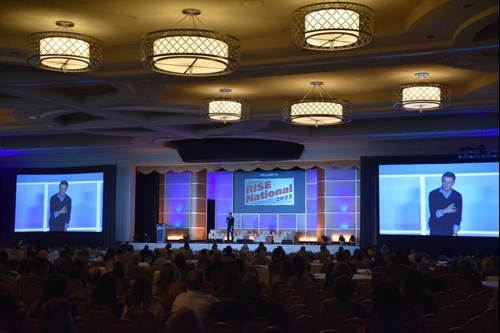
His other tips:
- Pay attention to how your body moves. It dictates how your messages are received. “You may be saying the right thing but moving your body in the wrong way,” Avery said.
- Delete the words “just” and “think” from your vocabulary. Those words don’t inspire confidence.
- Stop being passionate, which by definition is a barely uncontrollable emotion. Instead, be purpose-driven. “Purpose is the reason for which it is done. The happiest people I know have a purpose,” he said.
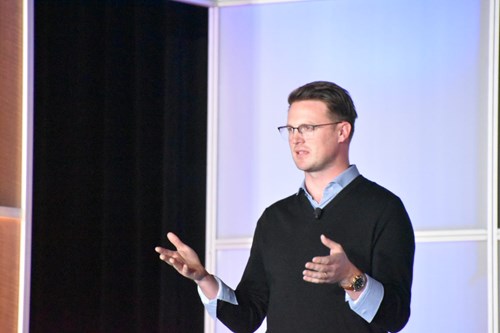
Special thanks to Edifecs for sponsoring the engaging keynote presentation.
Next, we spent an hour participating in three 20-minute speed-networking interactive roundtable presentations on timely topics moderated by our sponsors. It was a wonderful learning opportunity–if only we had the time to sit on all 24 roundtables! Finally, we ended the day with a fantastic networking cocktail reception in the exhibit hall.
